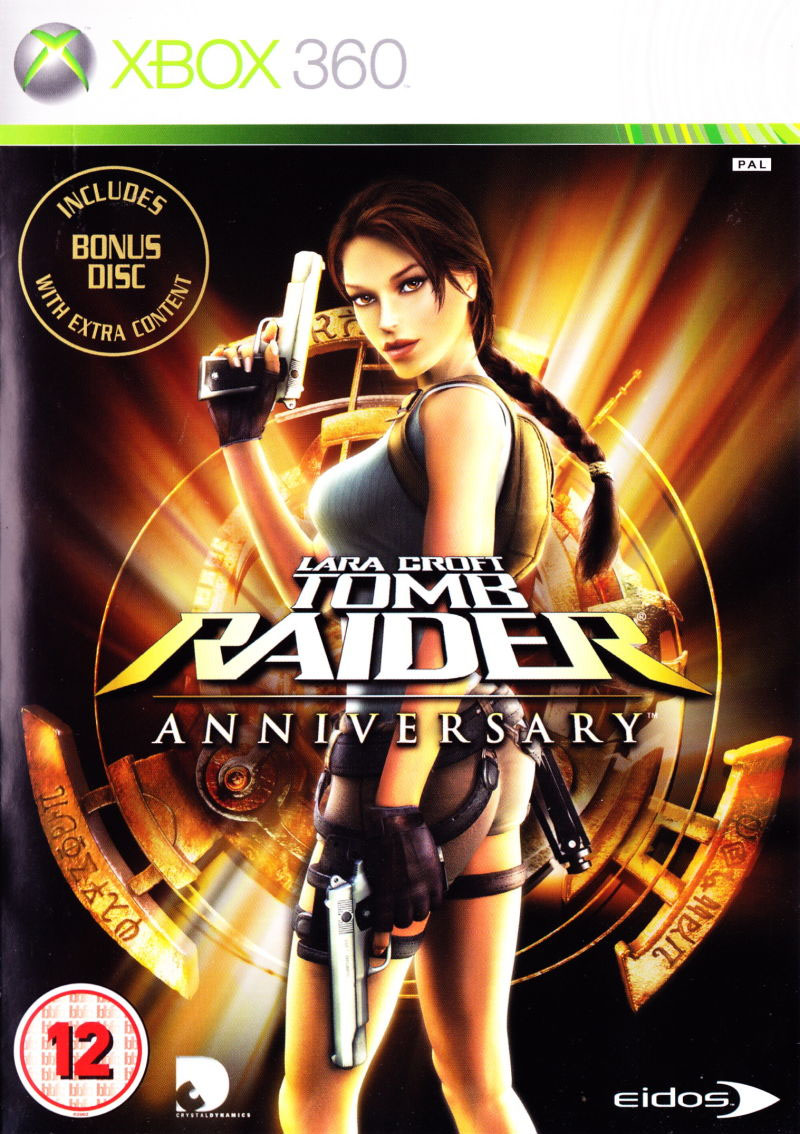<Feminist<>Female<>Feminine>
To add to this brief introduction, it is useful to draw upon Toril Moi’s (1987) crucial set of distinctions between: ‘feminist’, ‘female’ and ‘feminine’.
- Feminist = a political position
- Female = a matter of biology
- Feminine = a set of culturally defined characteristics
So in summary, this post is primarily focussed on drawing together a number of key concepts, ideas, approaches and theories, which can be applied to a range of cultural / media texts. For example, Jean Kilbourne‘s work at the Media Education Foundation looked at visual narrative media / culture, primarily in terms of advertising. The TEDx talk below gives an overview of both her work and the development of this strand of critical thinking, (a copy of her film Killing us softly, then and now is embedded at the end of this post).
Task 3:
Create a new post called ‘ESSAY PREP’ (categorise as: essay, exam prep, representation, semiotics). Write up several paragraphs (aim for 400-500 words) that reflects on your Game cover / inlay card:
- links your Game Cover / Inlay card to the key language around Representation, specifically the representation of gender.
- Link your Game Cover / Inlay card to the key language around Media Language.
- Include some reference to theory / theorists.
- Include some reference to your wider reading
- Includes reference to the following (binary) key terms: positive / negative; stereotypical / countertypical; radical / reactionary
- Shows some evidence that you have shown your work to somebody and have elicited some feedback.
- Some idea of how you completely alter your representation if you were to make a different (alternative) version.
TO HELP YOU HERE ARE SOME PARAGRAPHS THAT I HAVE WRITTEN ABOUT MY COVER / INLAY CARD
I produced a Zombie warrior game and I created a dominant signifying image that was essentially masculine although it was not really a male character. This corresponds to Toril Moi’s analysis of the distinction between female, feminine, feminist categories of representation (1987). Only in my production there is a clear focus on masculinity. This can be identified in the posture that I created for my main character, it is a slumped, almost neanderthal pose, which when I tested it on my target audience they recognised as “a typical male pose!”.
Further to this I have exaggerated the muscular attributes of my character with expanded arms, legs and torso. I also included clothing that was war-like and confrontational, including a large weapon – signifying combat, aggression, conflict etc – and a war-like helmet. In some ways this inverts Laura Mulvey’s notion of the male gaze in that my main character is there to be objectified and looked at, in the words of Laura Mulvey he is a character “establishing ways of looking and spectacle” (Mulvey, p. 883, 1999). However, the notion of the male gaze is quite distinct as it relates to the sexualisation of the dominant signifier, which is not the case for my character.
Nevertheless, I believe that it is generally accepted in society that masculinity is seen as much more aggressive, confrontational and violent than femininity. So in this sense my product is a reactionary representation of masculinity.
However, I don’t think this is a positive representation of masculinity as I personally believe that an over-aggressive (toxic) masculinity is not healthy for males to aspire to. As such, if I was to create this product again, I would avoid the stereotypical representation of an over-muscular, over-physical zombie and look to create a character that was more radical in representation. Perhaps inhabiting a range of signifiers that would connote a more feminine (ie less masculine) character. I could do this by re-sculpting my character in terms of their physical appearance, their clothing and their posture. As such, I would be sending out a much more positive message (for me) about masculinity, ‘maleness’ one that used a positive countertype to present a radical and challenging representation which could help gamers to adopt a new ways of thinking about gender representation, with more positive role models for young people to aspire to. As Keith Stuart notes ‘the power of video games [is] a reflective, empowering and emotional influence on the lives of players’. (Why diversity matters in the modern video games industry, Guardian, 18 July 2017)

